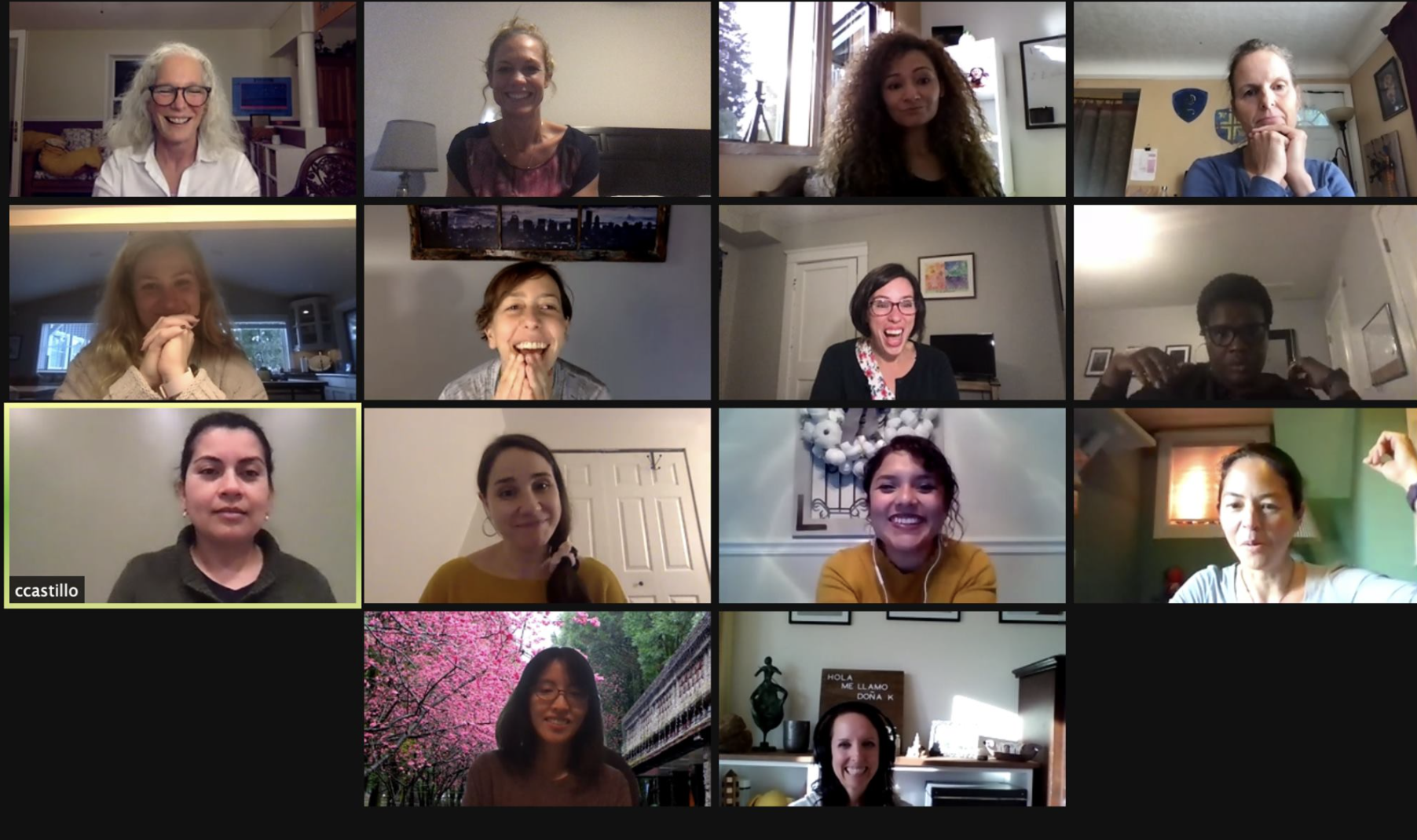
I was recently a part of an OWL Virtual Training where a fellow participant said to me: “my plan was to leave myself on mute and keep my camera off and just take things in, but the facilitator made it clear in the first 5 minutes that I wanted to be a part of the training. I chose to put my camera and microphone on and be present to get the full experience.”
This is the million dollar question this year: how do I get my students to turn on?
Teachers all over the world are breaking their backs everyday to include it all-using each and every piece of technology, app, etc. to get the kids to turn on. And while teachers are burning out, the energy and output from our students is but a dim simmer. So what are we doing this year? What are the students doing this year?
Are we engaging our students or are we entertaining them? Let’s start by defining each word (straight off Webster’s dictionary too!):
- Engagement: involved in activity, greatly interested, being in gear. Synonyms: COMMITTED, ENMESHED.
- Entertainment: to keep, hold, or maintain in the mind. Synonyms: AMUSE, DIVERT, REGALE.
When I think about the virtual classroom this year, and these definitions. I see teachers engaged: greatly involved in their work, committed to making it work, and enmeshed so much into the process that they don’t know when their school day begins or ends. I also see students entertained: kept amused by their teacher, holding onto so many thoughts for fear their technology or language won’t be quite right, and maintained in the classroom with the next thing we have to do to meet competencies or fill the grade book.
Are teachers so engaged and so in it that we’ve taken away the active learning? Are students able to be so passive that teachers feel the need to fill the silence of the Zoom room with more of their voice and their ideas, allowing for even more passivity and a vicious cycle of inequity in the classroom.
In your virtual classroom this year, who is the active member and who is the passive member in the learning environment? Who is doing the work? How can we shift the structure system, because it’s not too late to do that!
Think about your classroom routines:
- What parts do the students like? Do more of that!
- Are there times when more cameras are on than other times? Why do you think that is? How can you implement more of that feeling in your classroom?
- Are there pieces of the routine that the students can lead? They’ve seen you do it a million times now!
Reflect on your classroom content:
- Do the students like the content? What about it makes them smile, laugh, argue, jump into the conversation?
- Is the content relevant to their personal lives? We teachers can find relevance and importance in everything we teach- but what’s the importance to the students (other than they need to know it for the next unit, test, level)?
- What are students bringing to the content and the conversation? How can they have more ownership and autonomy of the content?
Consider your curriculum:
- Where do you see your students at the end of the year? What functions and text types can you focus on to strive for growth?
- What methods in your classroom hook the students? What methods silence your students? How can we use the methods and strategies to give our students more ownership of their learning?
- What do you and your students value this year in the classroom? How can you ensure that each student sees their value to the greater classroom community?
- Are you and your students following norms that were created in the beginning of the school year? How can students become more accountable for their actions in the virtual classroom?
We can engage students, at level and above. We can create active learning spaces where the students have buy-in and ownership on their learning. When we let go of all the control, the perfection, and the making it just right, we’re really letting our students dive in and thrive.
